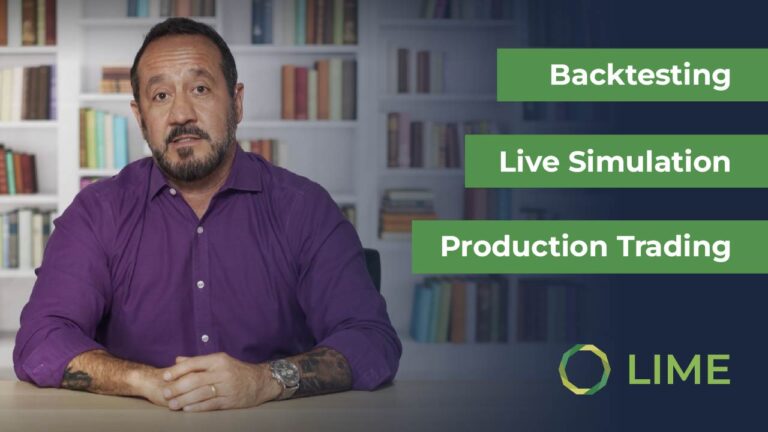When it comes to algorithmic trading, it’s no secret that success is often tied to speed. In a situation where trades are being sent at the speed of light, speed matters, especially to algo traders. If it’s no longer a secret, how can you get an edge?
Algorithm Data Feeds
One often-neglected aspect of colocation is your algo’s data feed. A trading algorithm makes decisions based on market data, and the speed of those decisions can affect the rate at which your trades are being routed. Additionally, the mandatory pre-trade risk check can affect how long your trades take to arrive at the exchange.
Traders take great care in making the decision on where to colocate based on where they want to trade, but where is the data coming from and how fast is that data getting to your servers?
While your server should be colocated where you’re going to trade the most, your algorithm’s decisions will be made faster than your competitions if your servers are colocated closest to your best source of data. Algorithmic trading decisions are nearly instantaneous, and their success is typically subject to the speed at which the decision can be made.
The Cost of Information
The key is cost sensitivity to data. Trading data can be expensive, and cost may be a factor on where to get data. Because of this, many algo traders simply get their data from Nasdaq. Nasdaq offers a low-cost option for algo customers who receive that data from a managed data provider such as Transaction Network Services (TNS), which allows their data to be the most affordable.
It’s important to note that through this option, you will only receive Nasdaq data, which gets sent out from Nasdaq’s primary data center in Carteret, NJ to whichever location your server is connected to. This could be Secaucus NJ (NY4), Mahwah, NJ, Toronto, ON, Canada (TR2), or Chicago (CH4). Is this the fastest and best solution for your algo? It may or may not be.
If your servers are colocated at NY4, that is where the CBOE family of exchanges are, as well as many of the dark pools. If your primary market data source is Nasdaq (due to the cost savings for it), your algo decisions may be slower due to the time that data takes to get from Nasdaq’s primary data center in Carteret to your server at NY4. These delays, along with possible delays in routing orders from NY4 to Carteret, may result in inferior fill rates and lost alpha opportunities.
Colocating Closer to Data
The speed of decision-critical data is an important consideration for algorithmic traders when deciding where to colocate. Your setup may be completely functional the way it is, or you may be better off colocating closer to the data that’s important to your algorithm’s performance.
In addition to placing your server closest to where you receive data, you may also be better served utilizing a smart order router like the one provided by Lime Execution to route your orders to other venues.
For example, if you are only receiving Nasdaq market data, there could be liquidity on other venues which you could access using a SOR, which may result in higher fill rates and better prices. You can’t judge the efficiency of your algorithm without investigating ALL the areas where speed is most needed.




